|
This Webpage Title:
Hong Kong - Attractions
China - Hong Kong - Macau
Hong Kong has the big city specials like smog, odour (the strange odour of sulphur, humidity and more), 14 million elbows and an insane love of clatter. But it's also efficient, hushed and peaceful: the transport network is excellent, the shopping centres are sublime (Incredible), and the temples and quiet corners of parks are contemplative areas.
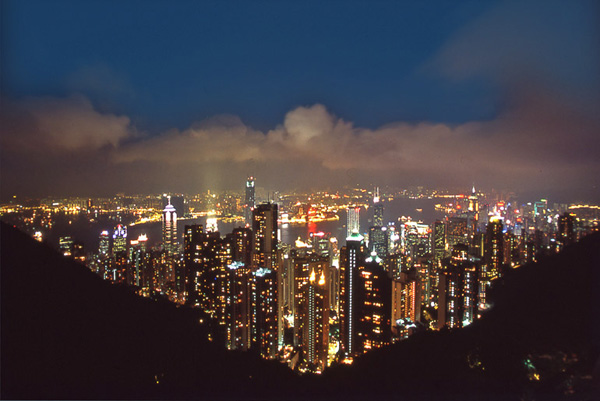
It's Area is 1,098 sq km and the population is 6.7 million.
The best thing about being in Hong Kong is getting the feeling of the differences between a Chinese city with multi-Asian and Western elements. It's about savouring new tastes, weaving through a human gridlock of an overpopulated city.
From the vantage point of Victoria Peak, overlooking the world's busiest deepwater port, you can see a city geared not only to making money but feeling good about it. At night, it's like looking down into a volcano.
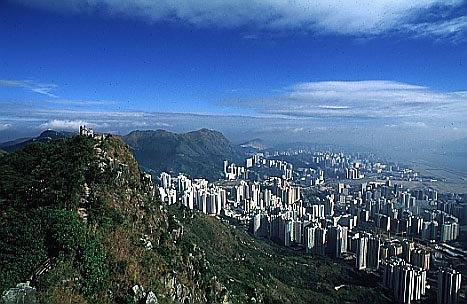
Despite its British colonial past, Hong Kong has always stuck to its roots, and the culture beneath the glitz is pure Chinese.
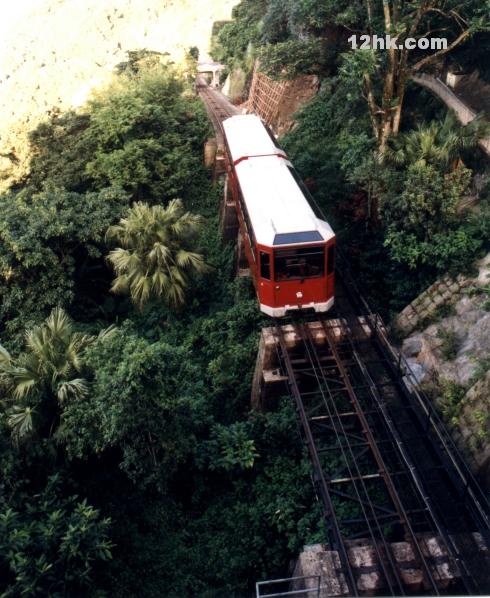
Peak Tram
Hong Kong is divided into four main areas - Kowloon, Hong Kong Island, the New Territories and the Outlying Islands. Kowloon and the New Territories are on a peninsula of the Chinese mainland, on the northern side of Victoria Harbour; Hong Kong Island is on the southern side of the harbour facing Kowloon; the Outlying Islands simply refers to any of the other 234 islands. The New Territories has a 20km (12mi) land border with China proper.
The city itself is centred around Victoria Harbour.

The main business district is Central, on Hong Kong Island. East of Central lies the Admiralty commercial district; Wan Chai, known for restaurants and clubs; then Causeway Bay, a major shopping area.
Towering above it all is the Peak, Hong Kong's premier scenic outlook and residential district, which happily has plenty of public green space. In Kowloon, Tsim Sha Tsui (on the southern tip), Jordan and Yau Ma Tei are busy hotel and shopping areas, while Mong Kok is a bustling residential and shopping area.

Hong Kong Island is the glitzy big brother of Kowloon - a tightly packed, towering to market capitalism that hasn't been dented by Chinese rule.
The bustle of people living and working is the biggest attraction on the island, although many visitors head around to Aberdeen, on the southern side of the island, where 6000 people live or work on junks anchored in the harbour.
Sampan tours of the Aberdeen Harbour are definitely worth the expense. The other major draw is the floating restaurants.
The most popular beach is Repulse Bay, also on the southern side of the island, but it gets extremely crowded on weekends.
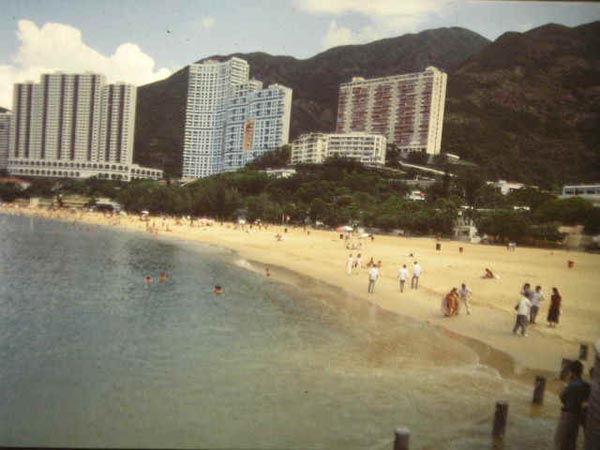
Stanley, with its laid-back atmosphere, is another good spot for escaping Hong Kong's hustle and bustle, although it is the hustle and bustle that brings people here in the first place - if you want real solitude, you've come to the wrong place.
The city attractions include the Central Market, which visitors will have no trouble finding (just sniff the air), the old Man Mo Temple and the Zoological & Botanic Gardens. Hong Kong Island is steep, so if your 'e heading away from the harbour, do as the locals do and ride the 800m outdoor escalator.
Kowloon
Tsim Sha Tsui, at the tip of the Kowloon Peninsula, is the territory's tourist ghetto.
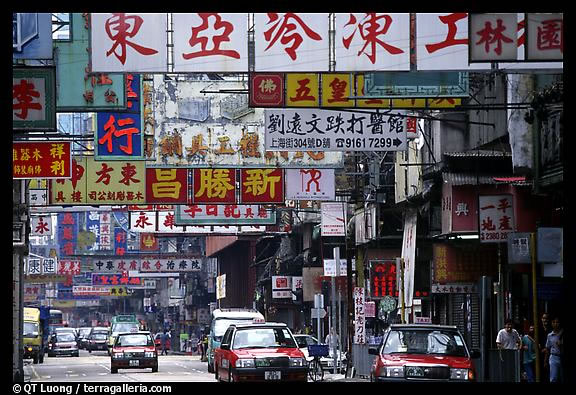
It consists of one sq km of shops, restaurants, pubs, bars and camera stores.
Kowloon is also home to the Hong Kong Cultural Centre, the Space Museum, the famous Peninsula Hotel and the Museum of History.
The Promenade, in East Tsim Sha Tsui, is a great place for a stroll, and has wonderful views of Victoria Harbour, particularly at night. The liveliest night market in the territory is on Temple St in Yau Ma Tei.
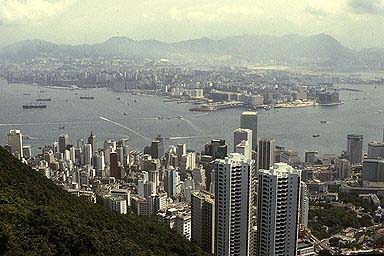
History
Hong Kong has supported human life since at least the Stone Age. Until the British claimed it, the area was a neglected corner of the Qing dynasty (1644-1911) empire inhabited by farmers, fishermen and pirates. The British took control of Hong Kong in 1841 following the Opium Wars.
In December 1984, the British agreed to hand over the entire colony when the lease on the New Territories ran out in 1997, rather than hang on to a truncated colony consisting of Kowloon and Hong Kong Island.
The agreement theoretically allows Hong Kong to retain its pre-1997 social, economic and legal systems for at least 50 years after 1997.
Getting There
Air travellers will be treated to Chek Lap Kok, Hong Kong's giant greenhouse of an airport; it's one of the world's ritziest. By land, the only way into Hong Kong is from mainland China: you can choose between bus and train.
Water is perhaps the most picturesque way to arrive in Hong Kong; there are boats that take you between Hong Kong and destinations in Guangdong and Guangxi Provinces, as well as Macau.
In June 1998 Hong Kong opened its new international airport - Chek Lap Kok - on Lantau Island, ending an era of steep descents and daredevil landings at Kai Tak in Kowloon.
By land, the only way into Hong Kong is through mainland China. Since the handover, transport options have increased dramatically, connecting places as close as Shenzhen and as far as Beijing.
Although the Hong Kong SAR is now an integral part of China, visas are still required to cross the border with the mainland. Trains run between Hong Kong and Guangzhou (Canton), Shanghai and Beijing (about 30 hours).
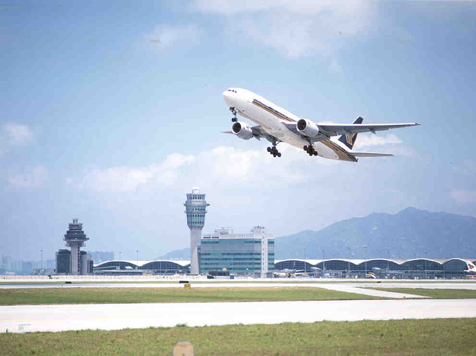
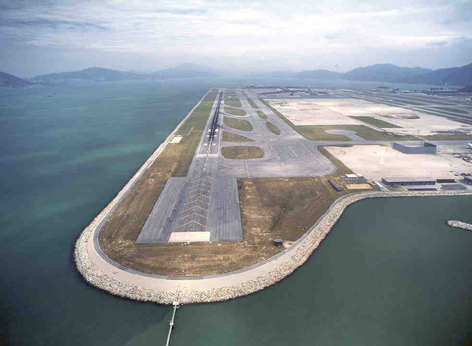
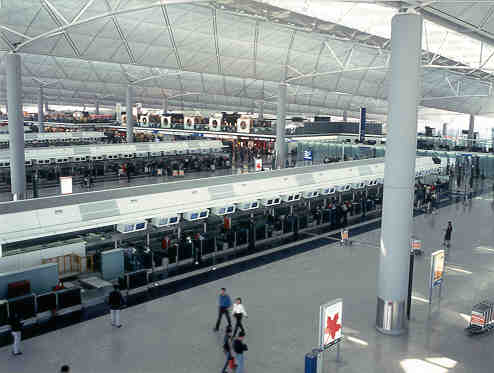

CLK Airport

|